Description
This painting by Hendrik Willem Mesdag portrays a serene yet dynamic maritime scene, typical of his body of work. The composition features several Bomschuiten navigating through choppy waters under a cloudy sky. Mesdag’s expertise in capturing the essence of the sea is evident in the fluid brushstrokes used to depict the waves and the movement of the boats. The overall muted palette enhances the atmospheric mood, reflecting the often-gray skies of the North Sea, and showcases Mesdag’s ability to convey the raw and untamed beauty of maritime life.
Throughout his career, Mesdag’s dedication to capturing the essence of the sea and its ever-changing moods cemented his reputation as one of the Netherlands’ greatest marine painters. Using quick, informal brushstrokes and an infinite variety of browns, golds and greys Mesdag applied the motifs of the sea, beach and fishermen to the canvas.
His brushwork is a defining feature of his artistic style, particularly noted for its ability to convey the dynamic and ever-changing nature of the sea. Mesdag’s brushstrokes are characterized by their boldness and precision, capturing the movement and texture of waves, the play of light on water, and the atmospheric conditions of the coastal scenes he so loved to paint.
Born in Groningen, Netherlands, Mesdag initially pursued a career in banking before dedicating himself fully to art at the age of 35. He studied at the Académie des Beaux-Arts in Brussels under Willem Roelofs, who influenced his early works. Mesdag gained widespread recognition with his painting “The Breakers of the North Sea,” which earned him a gold medal at the Paris Salon of 1870. He became a leading figure of the Hague School, a group of artists known for their realistic and atmospheric depictions of landscapes and everyday life.
One of Mesdag’s most famous works is the “Panorama Mesdag,” a massive cylindrical painting created in 1881 that provides a 360-degree view of the sea, dunes, and the fishing village of Scheveningen. This immersive work, measuring 14 meters high and 120 meters in circumference, remains a significant tourist attraction in the Mesdag Museum in The Hague.
The museum was originally part of Mesdag’s residence and studio, which he built in 1887. It offers an intimate glimpse into the life and tastes of Hendrik Willem Mesdag and his wife Sientje van Houten Mesdag, showcasing not only their own artworks but also pieces they admired and collected.
Mesdag had a profound connection with the bomschuit, a traditional Dutch fishing boat, which became a recurrent subject in his works. The bomschuit, designed for the treacherous waters of the North Sea, was characterized by its flat bottom, allowing it to be easily hauled onto the beach. Mesdag’s fascination with bomschuiten is evident in his numerous paintings and sketches depicting these boats. Through his detailed and dynamic renderings of bomschuiten, Mesdag not only highlighted the robust and practical design of these boats but also the resilience and hard work of the fishing community. His paintings serve as a historical record of maritime life in the Netherlands during the 19th century, reflecting both the beauty and the harshness of the seafaring life
D I D Y O U K N O W ?
That Vincent van Gogh wrote after a visit to Panorama Mesdag in 1881:
“The only thing wrong with this painting is that there is nothing wrong with it”



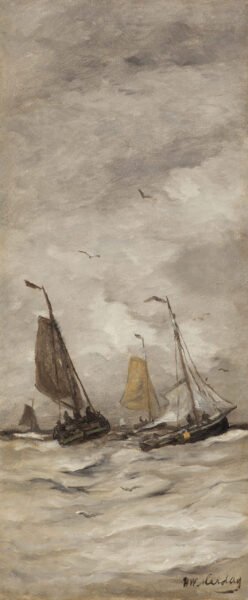
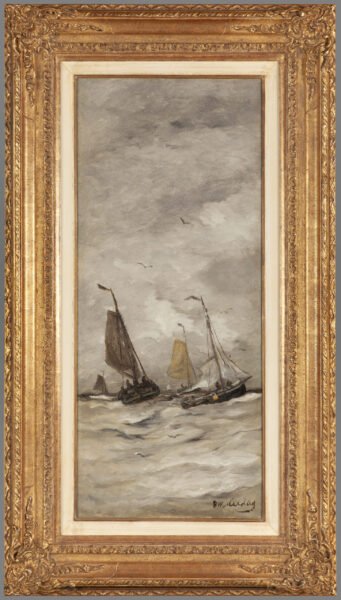
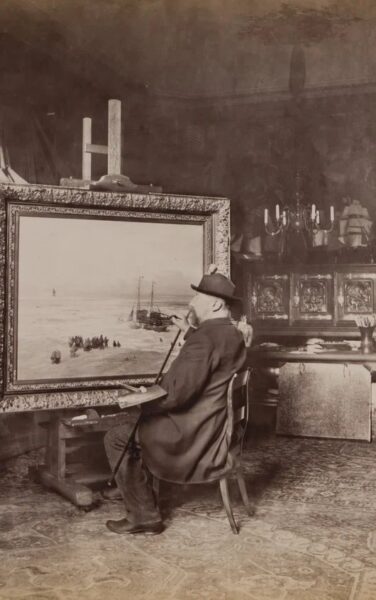
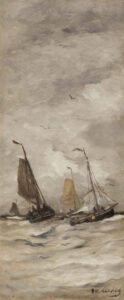
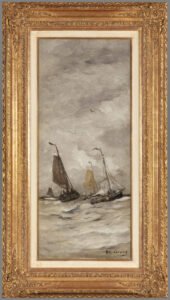

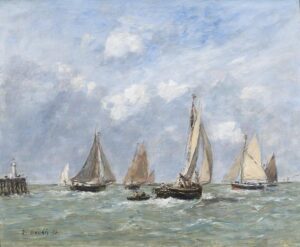
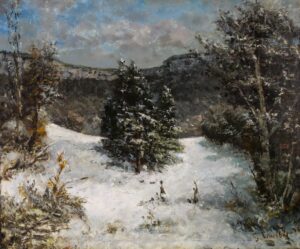


Reviews
There are no reviews yet.